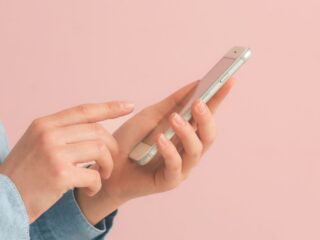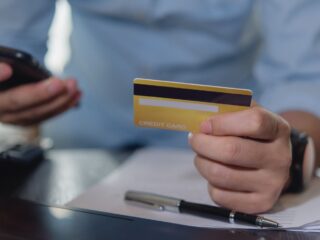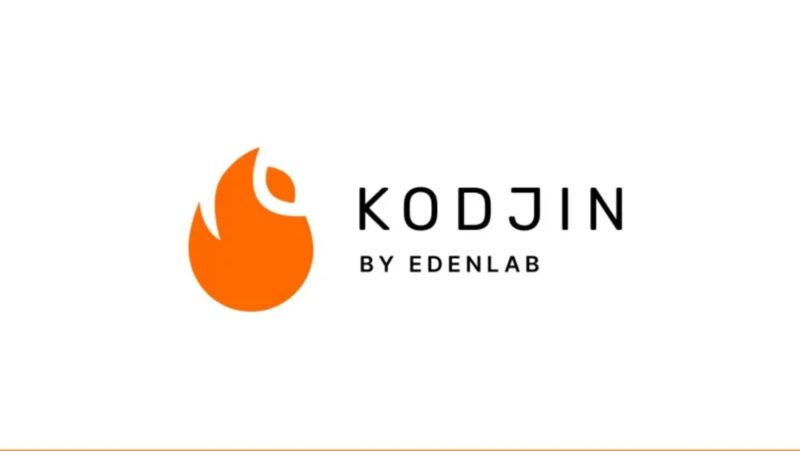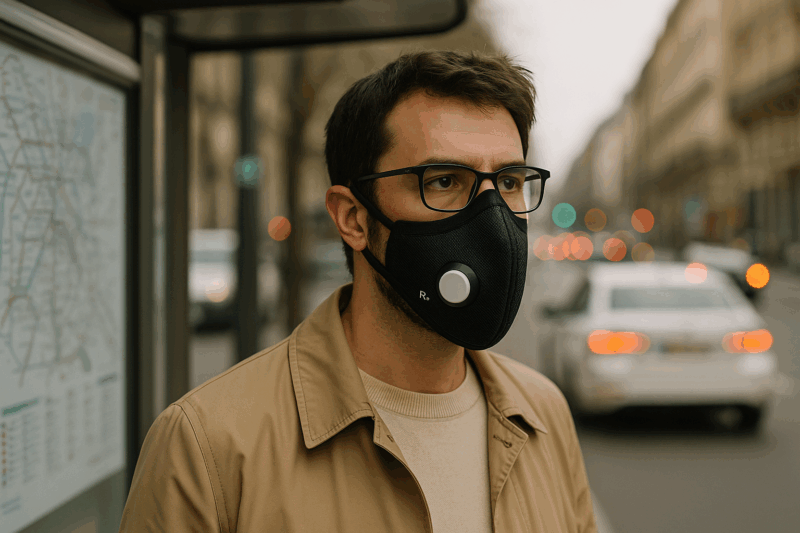
Some days, bisexual dating feels like trying to dance while everyone else is watching with clipboards. Every move you make on these dating apps is suddenly a statement about your sexuality, your gender identity, your political affiliation, even your loyalty. You just wanted to meet someone — maybe find love, maybe find new friends — but instead, you’re busy defending your existence to other users who think being bi means being confused.
The truth? The dating pool can be exhausting when straight people think you’re experimenting, gay men think you’re undecided, and even queer folks can sometimes gatekeep the sapphic community like there’s a password you missed.
You’ve seen fake profiles, endured unicorn hunters, and probably laughed through more awkward first date stories than you’d admit. Yet here you are — still hopeful, still swiping, still searching through bisexual dating apps and queer dating sites for something that feels real.
So this guide isn’t about the dating app in theory. It’s about the leading **bisexual dating apps** that understand the chaos of being a bi person — a space where bisexual people, queer women, bi couples, bisexual men, and enby people can finally date at their own pace.
What to Look Out For in a Dating App As A Bisexual Woman
1. Real inclusivity, not a rainbow wallpaper.
If a dating app brags about being “for everyone” but can’t spell bisexual, run. The right bisexual dating apps actually let bisexual people, bi women, queer folks, and non-binary people choose who they like without judgment. Real queer dating begins where your sexual orientation stops being a debate topic.
2. A user base that behaves like humans, not tourists.
Because unicorn hunters are real, and they come disguised as cis men “just curious.” Look for online dating platforms that ban fake profiles and respect relationship goals. The good ones understand bi people aren’t exotic exhibits — they’re just queer people searching for meaningful relationships and potential matches that don’t evaporate overnight.
3. Settings that match your chaos.
The dating app doesn’t assume your gender or love language. It flexes. It lets bisexual individuals find new friends, bi couples, gay people, or sapphic community flings. The free version should feel usable — because nobody should pay subscription fees just to avoid repeat profiles or weird encounter couples.
4. Safety that feels invisible but real.
A safe space online is rare. Choose queer dating apps that verify other users, block fake profiles, and moderate starting chats. The lgbtq community deserves amazing features that protect without preaching — because bisexual dating shouldn’t feel like walking barefoot through a minefield of straight people pretending to be queer women.
5. Freedom to exist without labels snapping shut.
The bisexual dating sites know that sexuality is fluid. They don’t trap you between “gay” or “lesbian.” They let a bisexual person date at their own pace, adding friends or finding potential partners based on shared interests, not guesswork. A welcoming space feels less like an app — more like home.
The Bisexual Dating Sites (And Why Taimi Wins Every Time)
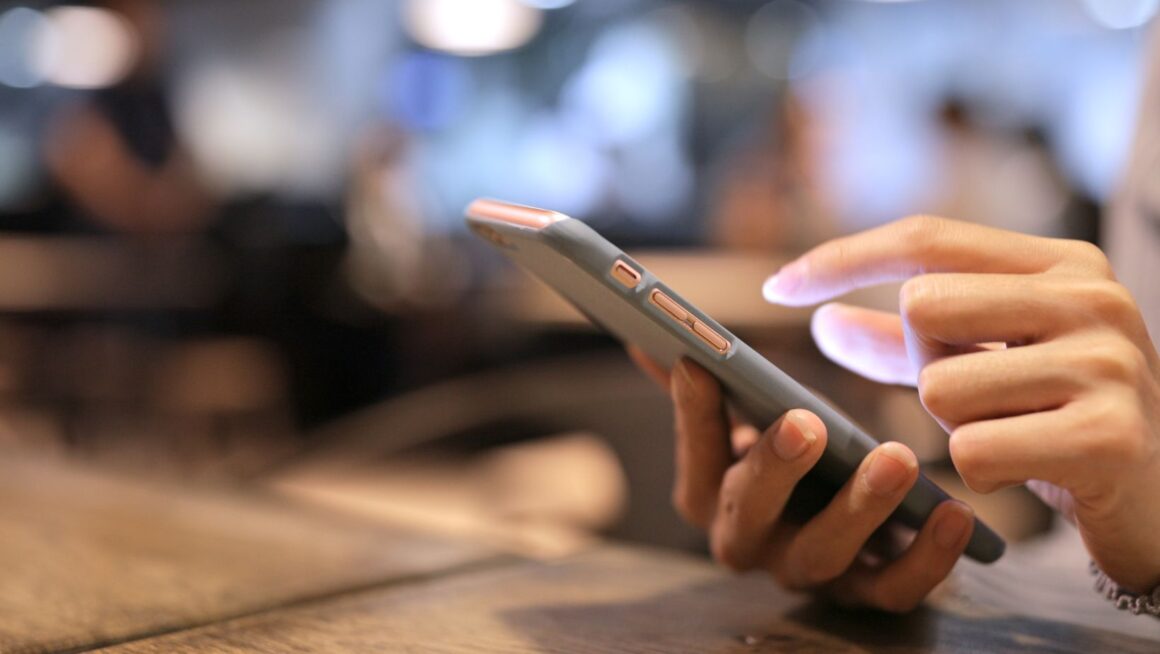
1. Taimi — The Dating App for Bi People Who Want It All
Some dating apps promise inclusivity like it’s a limited-time feature. Taimi, however, built it into its DNA. It’s not just another dating app trying to cash in on rainbow aesthetics; it’s the world’s largest LGBTQ+ community platform of bisexual women, queer women, gay people, and sapphic people all existing on the same page without judgment. Available on the app store, this free app doesn’t just host a crowd, it cultivates one. Its free version is fully functional, letting bi people connect, flirt, and explore without a paywall standing between them and possibility.
Taimi feels like a safe space that didn’t forget to be fun. The user base includes bisexual men, cis men, queer individuals, and bi pairs who understand the layered rhythm of bisexual dating. You can join group discussions, livestreams, and local events — not as some algorithmic experiment, but as a bi person living your sexuality out loud.
The unique features are quietly genius: verified dating profiles, inclusive gender identity settings, wellness spaces, and matchmaking that prioritizes connection over performance. Taimi doesn’t just let you date — it lets you exist without defending your existence. In a digital jungle of unicorn hunters, scam profiles, and encounter couples, Taimi stands as a soft fortress.
And yes, if you’re the kind who secretly keeps score, it earns not just gold stars but a galaxy of them — for being the rare dating app that treats bisexual people like the main characters, not a side note.
2. HER
Her was one of the first queer dating apps to take lesbian love seriously. It’s soft, stylish, and built for queer folks and other women who want to date without decoding weird bios from cis men. Available on the App Store, Her offers a free version that feels generous enough for genuine potential matches. It’s where queer people, bi persons, and gay women can escape the general population of mainstream dating apps and connect with bisexual passion that doesn’t apologize for being complicated.
3. OkCupid
If Taimi is the heart of queer dating, OkCupid is the brain. It’s a dating site that has quietly rewritten the rules of online dating for bi persons, lesbians and gay people alike. You can tweak your sexual orientation settings until it feels right — your way, not theirs. Available on the App Store, OkCupid’s free version offers personality quizzes that actually understand bisexual individuals are not undecided; they’re just done being misunderstood. The user base is massive, the options dizzying — but sometimes the sheer number of humans is part of the fun.
4. Bumble
Ah, Bumble — the app that puts women first. On paper, it’s one of the dating apps for bisexual people who want to take control. In practice, it’s a field where bi couples, gay people, and other apps’ refugees mingle politely. Available on the App Store, Bumble’s free version lets you message potential partners before paying a thing. But beware the unicorn hunting and cis men who wander in confused — Bumble wasn’t built just for bisexual dating, but it can surprise you when you least expect it.
5. Feeld
Feeld exists for queer people, bi people, and bisexual women who want to explore every angle of desire — safely. It’s open to gay, lesbian, cis men, and bisexual individuals looking for honest connection without the performance. On the App Store, Feeld’s free offering is surprisingly robust, letting you filter by relationship goals and avoid fake profiles. It’s also where encounter couples coexist with queer women and gay people without awkwardness. In short: it’s bisexual dating without apology — just radical acceptance and maybe a wink.
6. Lex
Lex is the queer person’s dream journal turned dating app. It’s built for queer women, bisexual people, and gay folks who crave depth — not just swipes. The App Store version is clean, ad-free, and the free version keeps it accessible for anyone chasing meaningful relationships. Think less unicorn hunters, more book-club-meets-flirtation.
7. Hinge
Hinge wants you to date like an adult but flirt like a poet. Among free dating apps, it’s one of the few that gives bisexual people, lesbians and gay individuals real space to express sexual orientation beyond the checkbox. On the App Store, the free option is generous, and the user base is refreshingly normal — fewer repeat profiles, more potential matches who actually read your prompts.
8. Zoe
Zoe is a lesbian dating app with the tenderness of a handwritten note. Designed for queer women and bisexual individuals included, it’s smaller than the world’s largest players but twice as genuine. Available on the App Store, the free version lets you build a dating profile that feels like you — not like a brand. The vibe? Safe space, low noise, high warmth. For bisexual dating that feels like an exhale.
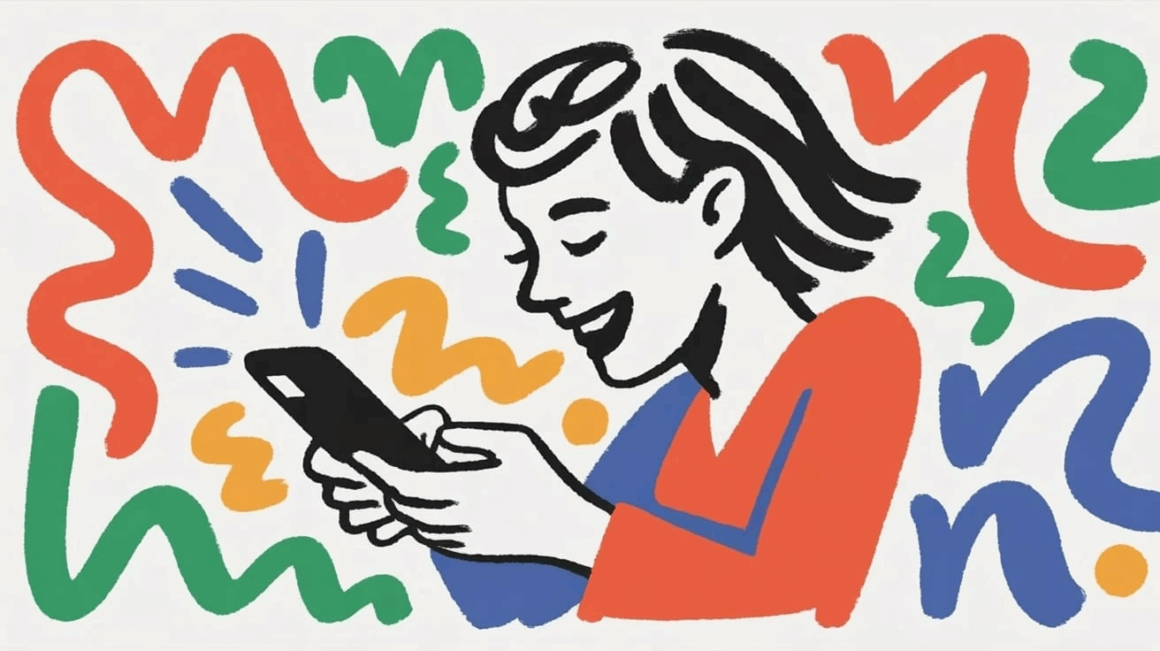
Tips for Bisexual Persons Navigating Online Dating
1. Lead with clarity, not apology.
When you open your dating apps, don’t shrink your sexual orientation to make others comfortable. You’re not half-anything if you are bisexual; you’re whole. Write your dating profile like a declaration, not a disclaimer. The right user base — the thoughtful ones — will recognize that bisexual people aren’t in transit; they’re simply in truth.
2. Curate your space like a museum of calm.
Not every app deserves your bandwidth. The dating site for bisexual women isn’t always the one with the most users — it’s the one where sexuality doesn’t become an interrogation. Look for corners of the lgbtq community that feel like mirrors, not stages. Online dating should nourish, not deplete.
3. Expect curiosity, but don’t perform for it.
Some people date like tourists — fascinated by your label; lesbian, bi, gay – hungry for explanation or a chance to dip their toes in the lgbtq community. But you must never audition for acceptance. If someone treats your bisexual identity like a mystery to solve, exit the chat with flair.
4. Treat rejection as data, not doom.
Not every bi person finds instant magic. Algorithms stumble, chemistry glitches, the app crashes mid-swipe. Fine. For a lot of bisexual people, each no is just another recalibration — proof that online dating is less about validation and more about alignment. Sometimes your sexuality fits where the internet doesn’t. That’s okay; reality still exists offline.
5. Remember: You’re not looking for everyone.
As a bisexual person, you’re searching for the ones who can read between the lines — who see bisexual people and think, “finally, someone like me.” Whether they’re lesbian, gay, bisexual or gloriously label-free, they exist. The dating apps only do half the work; the rest is your energy, your humor, your boundaries.
Final Thoughts
At the end of all this swiping, scrolling, and quiet overthinking, remember — no dating site or app can hand you a ready-made version of love. Algorithms aren’t oracles. Matches expire, chats fade, but what endures is how you show up as yourself — unfiltered, uncertain, and still searching. The point was never to fit neatly into someone else’s idea of bisexual belonging; it was to find your rhythm inside the noise.



